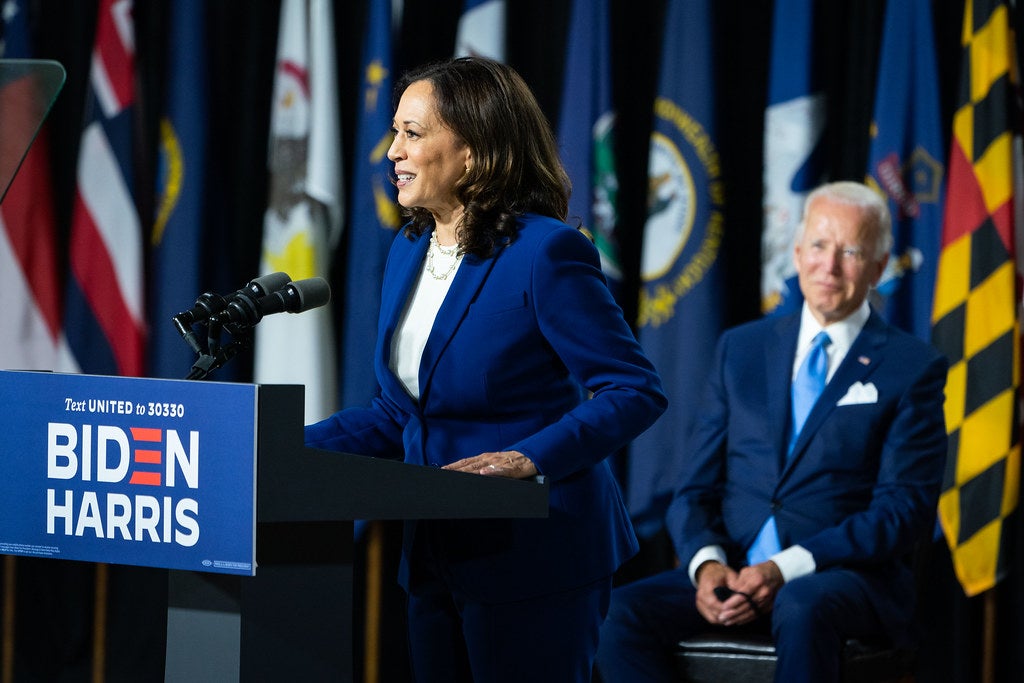Earthjustice goes to court for our planet.
We’re here because the earth needs a good lawyer.
How Will the Shift to Democratic Control of the Senate Affect Biden’s Environmental Agenda?
This page was published 4 years ago. Find the latest on Earthjustice’s work.
Joe Biden ran for president on one of the most aggressive climate platforms seen in modern politics. Now, he has an environmental mandate.
Despite the violent attempt of armed Trump loyalists to prevent Congress from certifying the election results following the Senate races in Georgia, Democrats will now control of the U.S. Senate, House of Representatives, and the presidency. This gives the incoming administration the ability to make an environmental legislative agenda real. The possibilities for a comprehensive climate agenda have expanded in three critical ways:
1. Biden’s picks for federal agencies and courts will be quickly confirmed.
The Senate is charged with confirming key agency heads and federal judicial appointments. Instead of prolonged hearings and candidates buried in committee, President-elect Biden will get the team that he wants. This matters because:
- Many of the heads at federal agencies and sub-agencies will be tasked with developing and executing environmental policy. (Learn more about Biden’s picks for EPA, Interior, Energy, Justice, and the Council on Environmental Quality.)
- The federal judiciary plays a crucial role upholding the rule of law and integrity of science when it comes to environmental litigation. President-elect Biden can now nominate and confirm fair-minded judges who recognize science and respect the rights of people to use the courts to hold industry and the government accountable.
2. Democrats now have a meaningful chance to fix what’s been broken.
- The Trump administration has done damage across government, and there is a long line of regulations that can (and likely will) be reversed.
- Using a little-known but powerful tool called the Congressional Review Act (CRA), Congress can strike down regulations issued by federal agencies within 60 legislative days (which takes us back to mid-August 2020) through expedited legislative processes.
3. Passing new legislation just got a lot easier, but there’s a caveat.
- Even though the balance of power has shifted in the Senate — now a 50/50 split, with VP-elect Kamala Harris as the tie-breaker — Democrats have the slimmest possible majority.
- Without 50 Democratic votes for ending the filibuster, it will take 60 votes to pass any free-standing bill in the Senate, which means legislative progress will likely have to come through legislative vehicles that allow a simple majority.
- Among the tools at Democrats’ disposal are the CRA, budget reconciliation (how Trump passed his 2017 tax bill), and must-pass spending bills like the omnibus budget that Trump recently signed into law.
- Each of these provides narrow opportunities to pass policies we care about, like clean energy, COVID relief, economic stimulus packages, and spending bills that include other green provisions. But they are real opportunities.
Despite this momentous shift in power, conservative Democrats in the Senate will need to be reassured of strong public support for environmental progress. Be prepared to add your voice alongside ours in the fights ahead.
